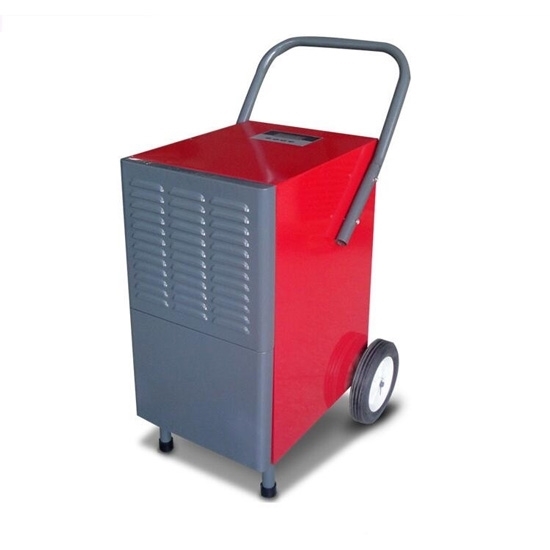Why You Need a Dehumidifier?
Mon, Aug 15 by ATO.com

Do your cookies lose their crispiness soon after you open the box? Does your bread seem to stale for a day or two? These are not just how we feel about things, they are also the ones that may have high humidity issues in the home sign.
While these are fairly subtle symptoms, they deserve our attention, as you may find other problems caused by high humidity, yet negatively impacting the house and health. Check out these four signs that you'll know your indoor humidity is too high. In this article, we will introduce 4 signs that you should get a home dehumidifier bought in ATO shop.
- You just can't seem to get comfortable. "High humidity is uncomfortable." It creates a hot, sticky feeling that you can't get rid of. When the temperature rises, your body sweats to help cool you down. Then, your skin will feel cooler as the sweat dries. But in a home with a lot of humidity, sweat never completely dries, leaving us feeling sticky and uncomfortable all the time. If this accurately describes how comfortable your home is, you'll be pleasantly surprised how much better you feel in your own home when you run your dehumidifier.
- Windows are wet on the inside. If you notice moisture outside your window, it's raining. But if you notice that the inside of your windows is getting wet, you may need a dehumidifier. Condensation is most common on indoor windows in cold weather when moist indoor air comes into contact with cold glass windows. If you notice condensation in many windows in your house, you can definitely benefit from an integral dehumidifier that connects to your existing ductwork to dry the air in each room, like the one on the ATO website, 120 pint dehumidifier can remove up to 60L of moisture from the air per day.
- Water stains have appeared on walls. Water stains on walls or ceilings can't be generalized to leaking roofs or dripping pipes, it's a humidity issue. Like condensation on windows, condensation on walls and ceilings is more likely to occur in winter, when exterior walls are cooler than interiors. When the indoor air is humid, moisture can condense in the cold areas on the inside of the exterior walls. You may notice dark stains on the heads of nails or screws, which are the coldest places under the drywall surface. If the humidity doesn't drop quickly, you'll see something worse than stains: condensed water can eventually cause paint or wallpaper to peel off, or even damage drywall.
- You have found mold. The presence of mold is a clear sign that your home may be too humid, allowing airborne mold spores to attach to damp surfaces and spread. Breathing spores in the air can cause health problems. In fact, symptoms like nasal congestion, watery eyes, and difficulty breathing can be early indicators of the presence of mold colonies. Once you realize there is a problem, get rid of the mold as soon as possible, then fix the problem with a commercial dehumidifier to prevent the mold from reappearing.

